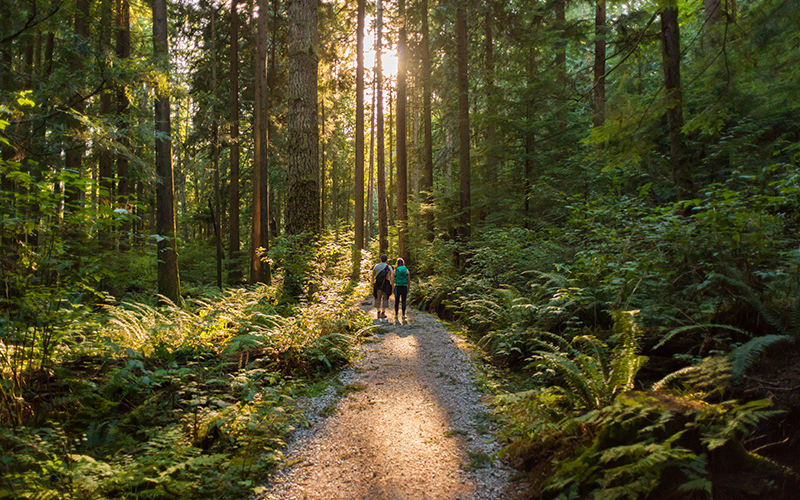In a world where everything moves fast—newsfeeds, deadlines, and even holidays—travel has become something we race through. It’s easy to find ourselves rushing from one famous spot to another, snapping photos for social media, and checking items off a list rather than soaking in the moment. But a quiet shift is beginning to take hold. More and more travellers are starting to resist the rush. Instead of asking ‘What’s next?’, they’re asking, ‘What’s here?’





